Planning for extremes: How miners are adapting to climate change
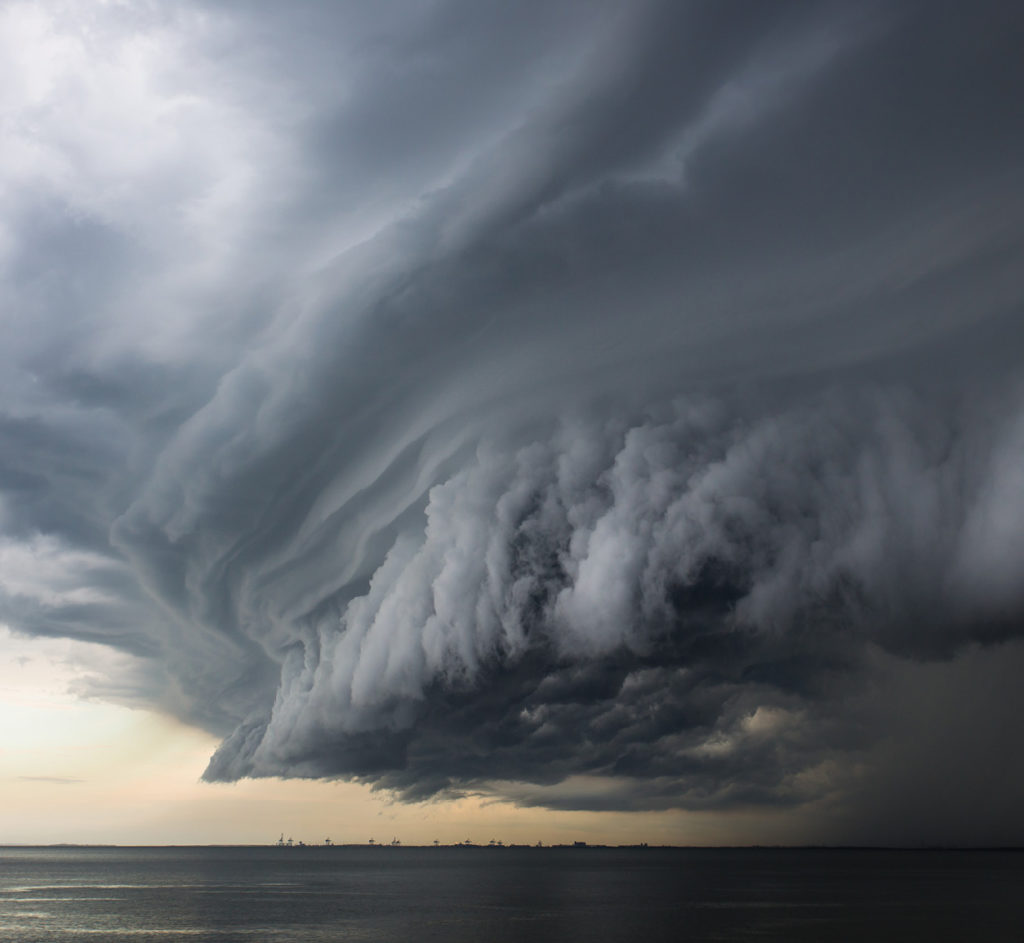
Climate change is here and it’s affecting mining infrastructure and operations. SRK’s Samantha Barnes discusses how miners are adapting to the increased risks.

Most mining companies have committed to reducing their carbon emissions to net zero by 2050 in order to limit global warming. But mine sites are already experiencing the effects of climate change – and the recent heavy rains and flooding in British Columbia have shone a spotlight on the risks to essential infrastructure from extreme weather events.
To find out how miners are dealing with the infrastructure risks and challenges associated with climate change, CMJ reached out to Samantha Barnes, a hydrotechnical engineer with SRK Consulting. In her work as a senior consultant with SRK supporting mine water management planning, Barnes’ job increasingly includes discussion of climate change risks to mine sites and planning to mitigate those risks.
Canadian Mining Journal: Samantha, you have an excellent overview of the global impacts of climate change on mining with your experience spanning sites in B.C., the Yukon and Nunavut, elsewhere in North and South America, Europe, West Africa, and Greenland. In your experience, what kind of climate impacts are miners seeing on their operations generally?
Samantha Barnes: The mining industry has always faced extreme conditions. Mines are located in high mountain catchments, wide river valleys or arid plains, they’re far away from communities and resources, which means they’re reliant on long access routes and difficult transport mechanisms. So they’ve always been aware of extreme events like flooding and landslides and droughts, and mining infrastructure designs are built to account for this. Their focus is understanding how susceptible their infrastructure is going to be to some of these extreme events and designing accordingly.
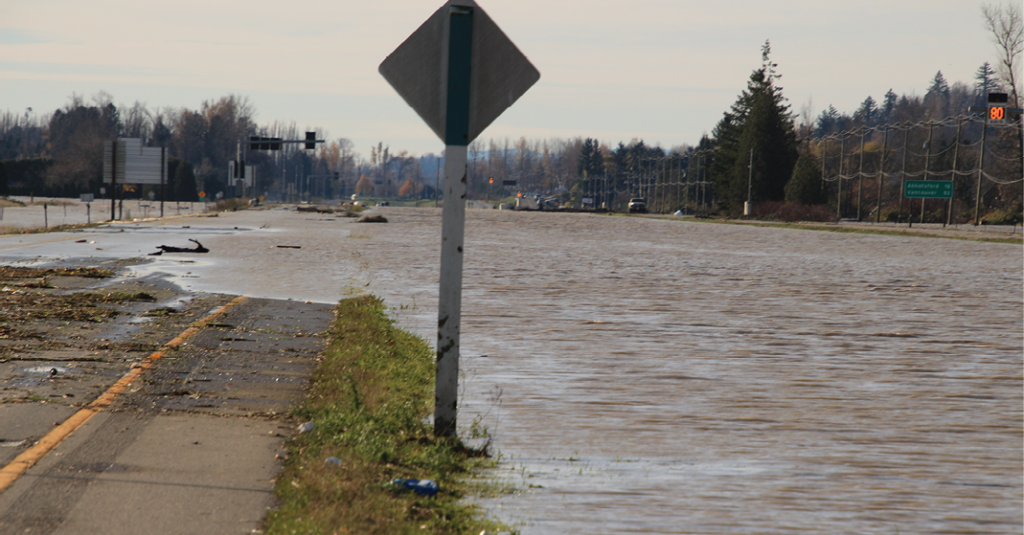
But the climate change models and the science behind that is telling us that the trends that we use to develop our designs, that historical information, is not necessarily representative of what’s going to happen in the future.
The impacts to mining generally fall into four categories: loss of production, loss to the environment, loss of access, or in extreme cases, loss of life. All of these have different cost implications, and some of them have reputation consequences as well. The drivers of some of these losses are often tied to climatic events, like forest fires, floods and landslides, and that’s where we see the link related to climate change.
The consequence of climatic events to mining can include infrastructure losses from flooding or fires similar to what we’re seeing in communities across Canada, as well as accumulating too much water. The risk from having too much water can include an uncontrolled discharge of mine water and a potential loss to the environment. At the most extreme end, it could be a dam failure, which could result in a loss of production, a loss of reputation and a loss to environment. Access roads are also prone to flooding risk and erosion damage in general across a site which can take time and money to address and repair.
Just as important as the flooding risks are the opposite extremes, the longer periods without rain and more intense droughts. The heatwave in B.C. is an extreme example, where high temperatures can pose a health risk for workers that can result in a temporary shutdown and loss of production, and can have secondary consequences through an increase in forest fires, which can affect mine access and production.
Generally drier periods under less extreme conditions also have an impact on mine water balances and their ability to sustain water supply.
The important thing is these are not necessarily new risks or impacts. But climate change is affecting the uncertainty in how we’ve quantified these risks in the past and how frequently these events can occur in the future.
CMJ: Turning to B.C. specifically, the recent flooding in the province mainly affected mining companies’ transportation of goods to market and supplies to site through damage to provincial highways and rail infrastructure. Is there also a risk to mine site infrastructure, such as tailings facilities, access roads, etc?
SB: The risk comes down to a combination of the consequence of a structure failing and the probability of that event occurring. When we design mining infrastructure, we design for low probability events, such as the one in 100, or one in 1,000-year flood to ensure that the associated risk profile for that structure is low. To change the risk for the infrastructure, either the probability or the consequence of that event needs to change. What we’re seeing now from climate change models is an increased probability of some of these extreme events which can translate into an increased risk. For tailings management, this could mean an increasing risk from storing more water or having to manage larger flood events through dam spillways.
But this isn’t news for tailings management. Climate change is mentioned throughout the Global Industry Standard on Tailings Management released in August 2020, for example. The emphasis on considering climate change risk in terms of how to design and operate these facilities is also seen in other guidance documents from the Mining Association of Canada or the International Council on Mining and Metals (ICMM). The importance of climate change risk evaluation in mining infrastructure has been a frequent topic, and we continue to learn more about it as the science evolves.
So again, it’s not necessarily new risks from climate change, it’s more about how we characterize the risk, how comfortable we are in the change in the risk profile if these events are more frequent. And then thinking about how we can adapt and adjust the infrastructure to account for some of the uncertainty around the future.
CMJ: Talk to me about the impacts in northern climates vs. southern climates and how miners are reacting to those different risks?
SB: Permafrost degradation is a big topic in the North, since it’s a key component in a lot of infrastructure and foundation design. Where roads traverse across permafrost, companies have to think about alternative means to site or additional operating costs for road maintenance. Companies that rely on ice roads for their winter access have experienced shorter winter periods, which strains their shipping and transport requirements. Alternatives like flying equipment to site or increasing shipments by water in the summertime can be expensive.
Some northern mine sites also have infrastructure that relies on continuous frozen ground conditions to act as thermal barriers for mine waste products. Mitigation measures to maintain these conditions have been implemented but they can be expensive and may be required in perpetuity.
However, there are also opportunities in the North. A longer open water season can mean longer periods for ships to come through on the Arctic Ocean to deliver products. The summer construction season can be longer, for example.
In the South, closer to the equator, a lot of the challenges are around water supply, making sure there’s enough water to operate the mill, to minimize dust migration or to cover potentially acid generating rock. Improving water recycling and reducing water demand have been integral parts of water management strategies for years.
The most challenging areas are those sites that were historically in a positive water balance that are now shifting towards a negative water balance. Those sites may not be as prepared as other sites in typically arid environments.
CMJ: Where do you see that shift happening?
SB: Parts of interior B.C. have started to see this shift, with drier summer periods and strains on water supply. The same trend can be seen across the Prairies as well. Smaller snowpack in winter followed by cyclical dry summers can result in a slow drain on water supply. The challenge for these sites is the cost and timeline to implement alternative water supply options, like pipelines or groundwater wells. The delay in getting these systems in place can result in a temporary loss of production.
CMJ: What other risks or challenges do miners need to consider when it comes to climate change?
SB: We often go straight to the extreme events like forest fires, droughts and floods when it comes to climate change. But there are a lot of secondary risks that aren’t necessarily physical or event-driven – changing regulations and policy, for example. As climate change knowledge continues to evolve, so do governments’ minimum requirements for mining companies. These changes can put mining companies at risk of becoming non-compliant – an operating site that suddenly has to contain or convey a larger flood event could require a lot of capital investment to get their systems up to the new codes.
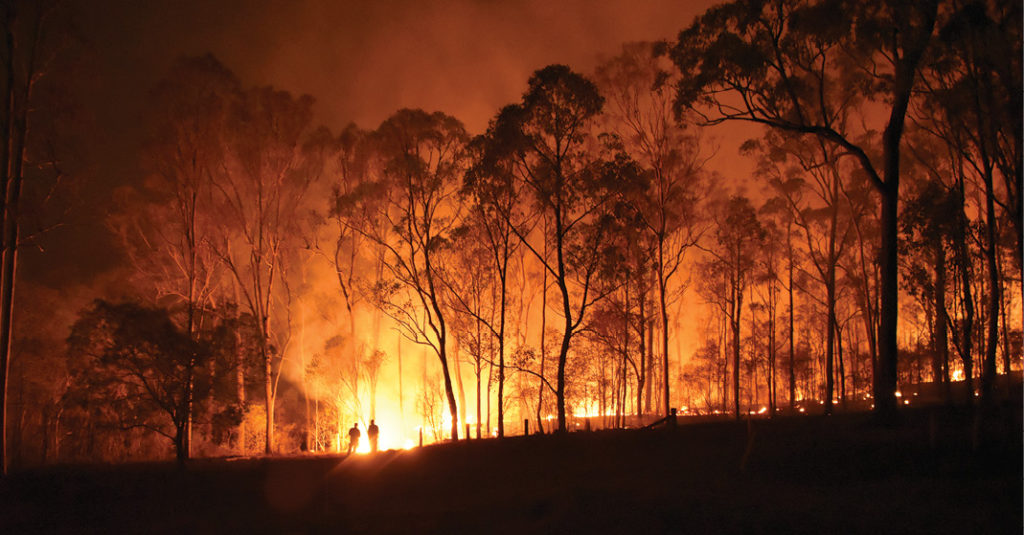
There are also societal and market responses to climate change, which can produce risks and opportunities as demand for certain products or energy sources increase or decrease.
Climate science is evolving very quickly, and there are risks that we haven’t characterized that will emerge over time. These risks, along with the risks we’ve already talked about, really emphasize how important it is to revisit climate change predictions and models every couple of years.
CMJ: What about new technologies, such as monitoring technologies, that are helping miners either assess or mitigate climate risks? How is technology helping?
SB: Mining is full of great examples of technology to monitor climate. Some sites have implemented advanced weather forecasting systems so that they have more time to prepare for extreme events. Another example is temperature monitoring sensors that can trigger active cooling systems for northern sites and infrastructure that rely on frozen ground conditions. There are automated pumping systems with triggers based on specific water levels to facilitate water storage and water discharge. There have also been advancements in fire monitoring and modelling technologies, so it’s easier to track the progress of fires, and develop evacuation plans. Evaporation reducing strategies for water storage ponds, like floating covers or rock covers, have long been considered to control water supply.
None of these tools were specifically developed for climate change, but they can be used to help mitigate the risk.
Another type of tool that is widely used is probabilistic and stochastic modelling. This type of statistical modelling is often included in mine site water balance models to evaluate water supply and water discharge rates, or hydrogeological models for effects assessments, or slope stability models for dams and pit walls. These types of models allow us to test infrastructure and systems under a wide range of condition, to see how resilient the system may be, or test how effective different mitigation measures might be.
There’s a lot of technology out there, but before implementing it, it’s important to really understand the problem. Once we understand which hazards will have a significant effect on operations, and how they may occur, we can choose the right technology to help address the issue.
CMJ: How proactive are mining companies being in addressing these risks? They’re seeing some impacts already, and obviously, the longer they wait to address those risks, the more expensive it will be later on.
SB: There has been a steady rise in interest for climate change risk assessments, starting with evaluating what the future climate will look like. The detail in the climate change models has been improving, which can give insight into not only the normal average conditions, but the extreme events as well. Permits for new mining sites or amendments require consideration of climate change, though the level of detail varies.
Sites that are nearing the end of their operating life in the next five to 10 years for example, aren’t as concerned with climate change effects on the infrastructure that will be decommissioned. But there’s a much bigger emphasis on climate change when mine sites are updating closure plans.
The Mining Association of Canada climate adaptation guidelines that came out this year have some really useful Canadian references about what tools to use, how to evaluate climate change, and how to develop adaptation strategies. They’ve also got an appendix of case studies, which is a great reference for miners to look at actual consequences and costs associated with some of these climate events – and without the cost implication, it’s hard to drive home the point.
With some of the events that have happened lately, we’ll probably see an increase in demand for developing adaptation strategies, because there is now quite a bit of information on the cost and consequence of some of these extreme events. And I imagine the interest will continue to increase because of regulatory pressure, community pressure, and Canadian commitments to adapting to climate change.
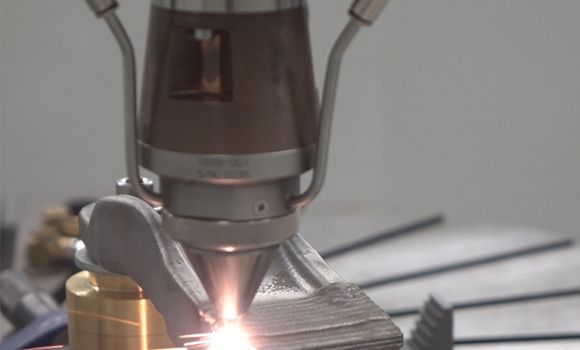
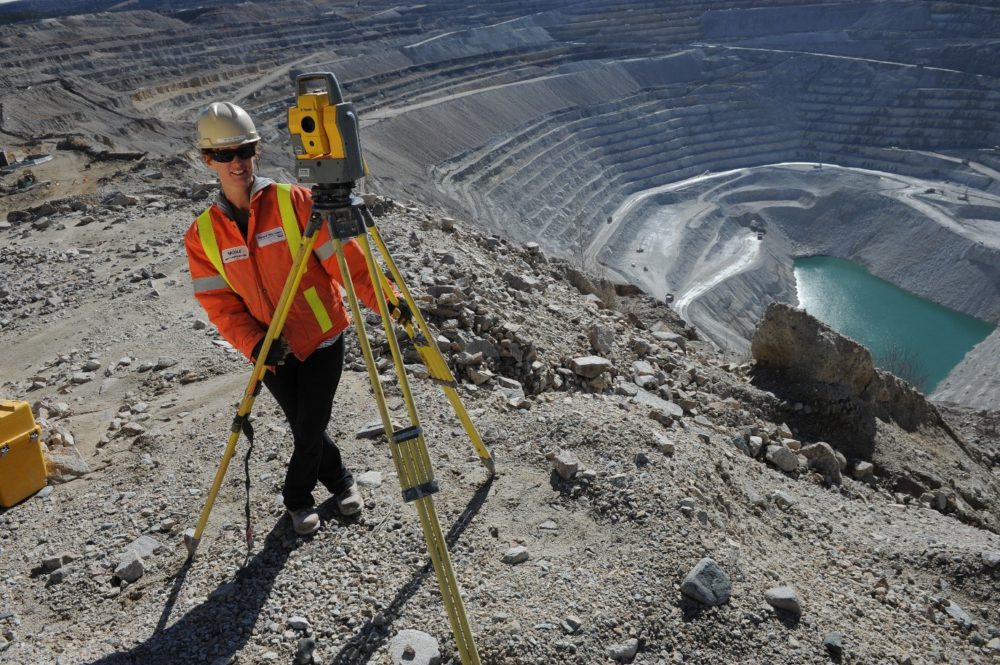
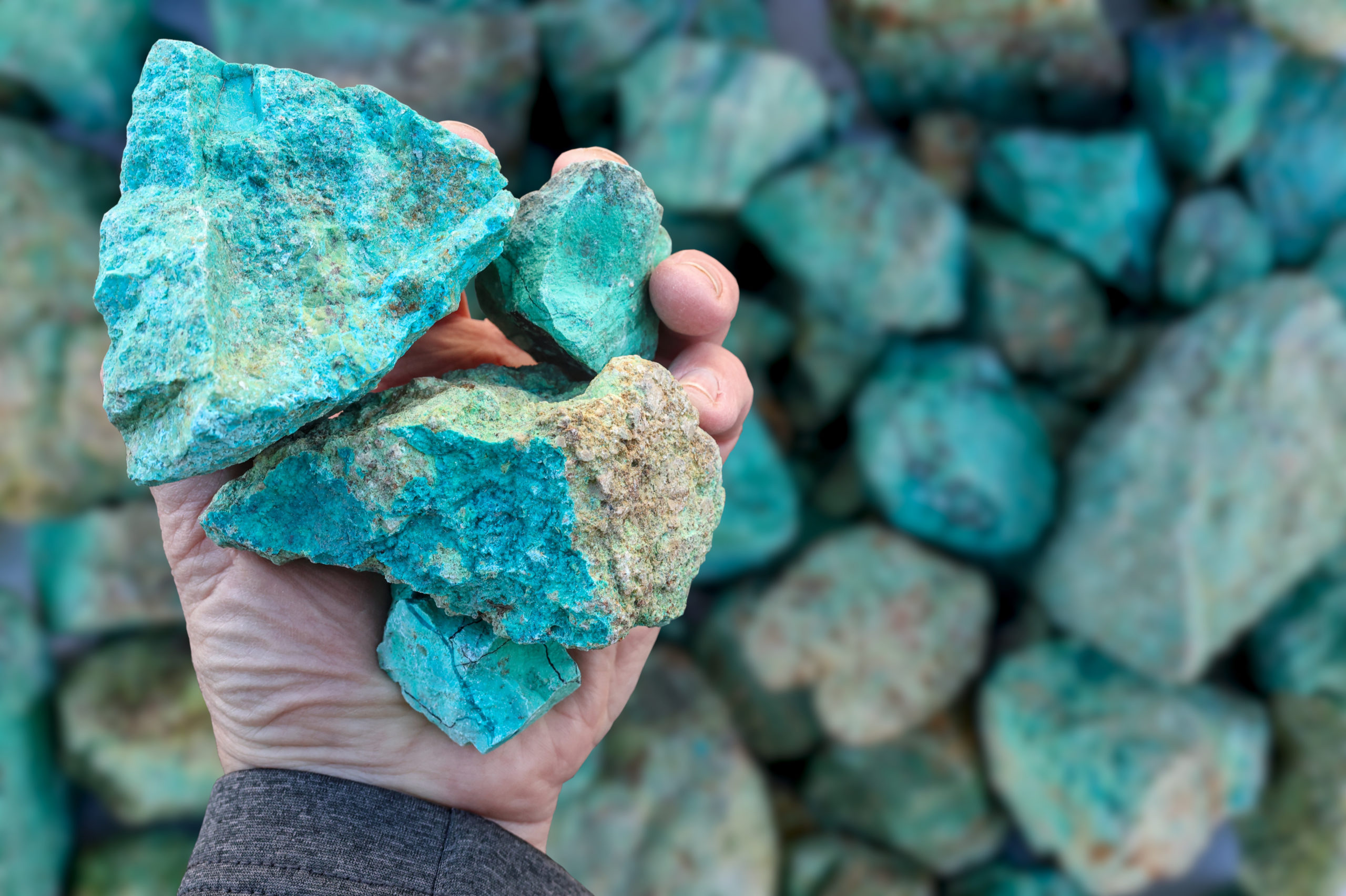

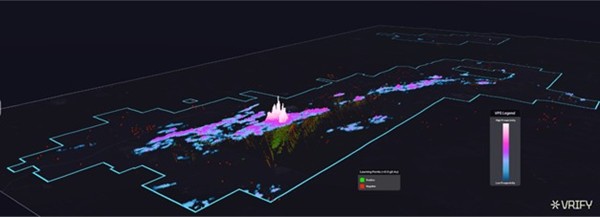
Comments